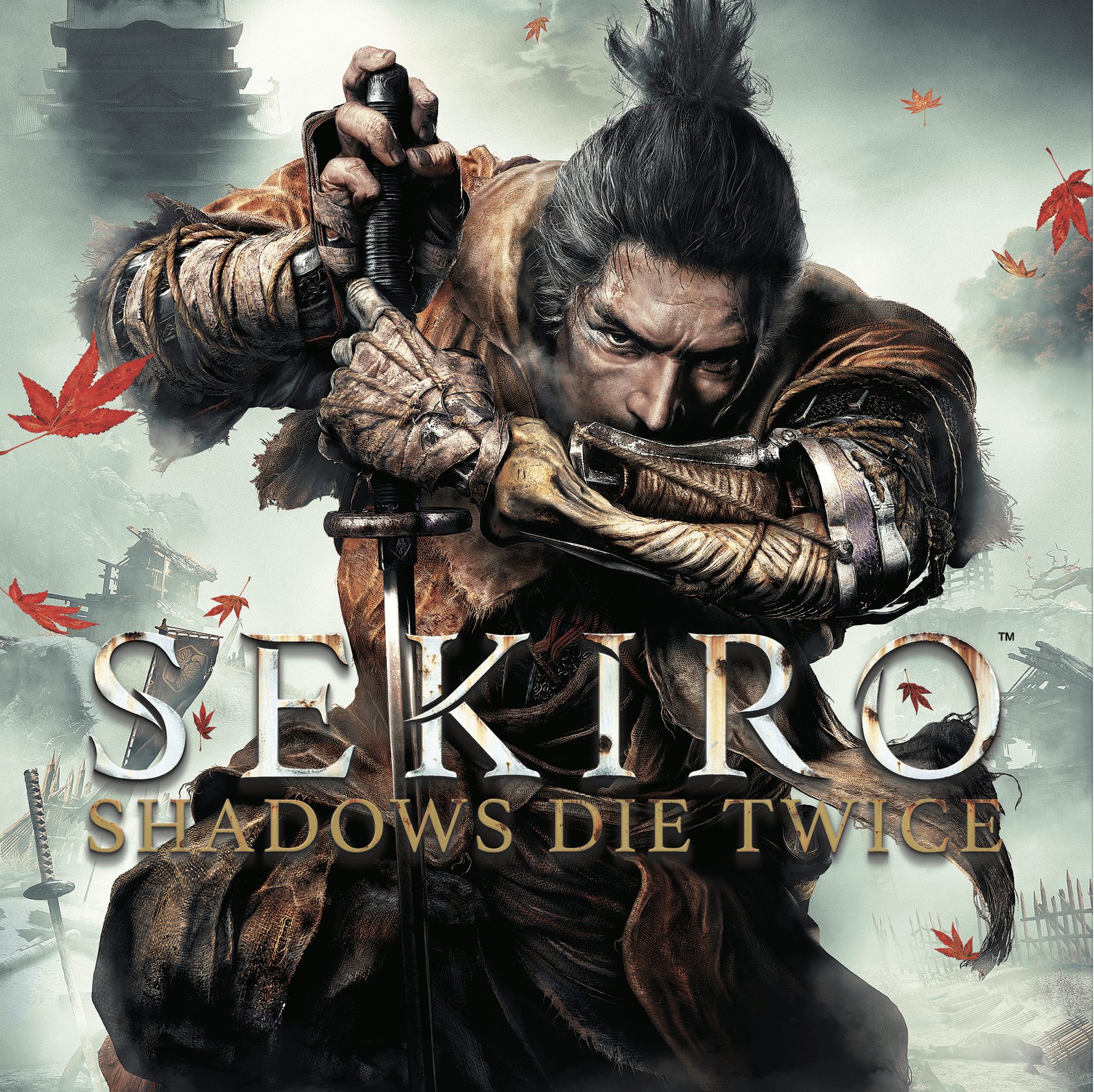23rd Entertainment Division Excellence Award
SEKIRO: SHADOWS DIE TWICE
Game
SEKIRO Development Team (MIYAZAKI Hidetaka, Representative) [Japan]
Outline
An action adventure game, set in Japan toward the end of the Age of Warring States (c.1467-1615). The player controls the “Wolf,” a shrewd ninja, to face various powerful enemies in order to rescue the kidnapped and imprisoned master Miko. While closely observing his opponents’ behavior, he looks for split-second opportunities. Even when he dies, he uses a “regeneration” technique to resuscitate on the spot to catch the enemy off guard and attack. In these ways, he advances through stages by fighting intense battles. The player can gain a sense of achievement by defeating enemies positioned at high levels of difficulty, while making full use of all of the possible skills that he can acquire. These range from mikiri, which requires steps to be taken in accordance with determined timing, to defense moves using ninja tools and an umbrella sword, as well as techniques such as covert action for avoiding the enemies and even his own death. This work is a continuation of the genealogy of the popular series produced by FromSoftware, Inc., which includes Dark Soul and Bloodborne. Following a pattern by which the player goes through repeated challenges and training to defeat many formidable enemies, the game has garnered great popularity both in Japan and overseas, with many of its players posting videos of their playing techniques online.
Reason for Award
Silence. The moon and thin, silvery blades of grass swaying in the wind. The setting sun hitting your eyes as soon as you ascend a hill. Tension. Battle and defeat… A challenge, a victory, and the catharsis of liberation. Both tension and pleasure coming from the realistic experience of being a ninja in the beauty of a video akin to that of a classic film. Ninjas, who have always been enormously popular in a variety of genres, from novels to movies, historical dramas, manga, anime, and special effects dramas, constitute a classic theme in video games as well. Today, at a time when high-end games are being produced in various countries, this work takes the culture and art of a theme that is unique to Japan and incorporates it anew into the world, through the media of a video game. It is a long-awaited work by a production company with an established reputation for its stoic game production. In its venture to take up the classic motif of the ninja, it has brilliantly sublimated the gaming capabilities multiplied by the stoicism of its world view. With this ultimate “shinobi (ninja) game,” it has presented to the world, with a thunderous roar, a model of Japanese games at their best. As a video game creator, I feel humbled by it, but I have no choice but to offer my unequivocal praise for this work. (TOKITA Takashi)



